Smart Home Hub: The Heart of Your Automated Domicile
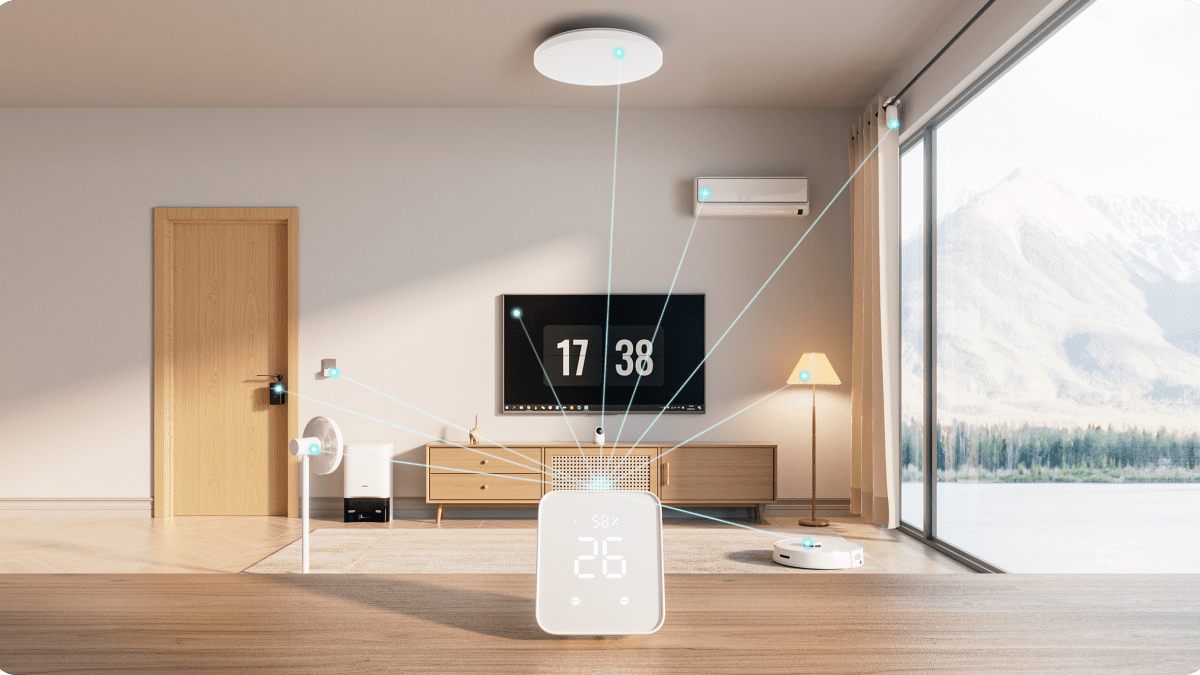
As smart home technology proliferates, smart home hubs have become the central connective device that brings everything together. As the “brains” of your automated ecosystem, hubs seamlessly integrate the array of standards, brands, and wireless technologies involved. This enables convenient centralized monitoring and control of gadgets and appliances from one intuitive interface. If you seek to upgrade your home with advanced automation, a quality hub will be a foundational investment for unlocking functionality.
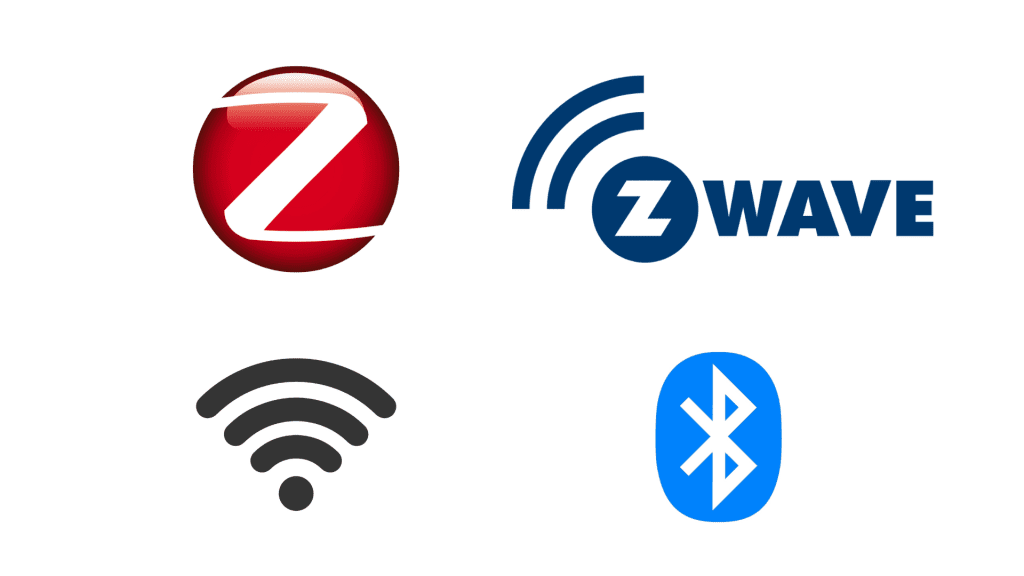
How Smart Home Hubs Connect Your Devices
One of the most important and useful functions of a smart home hub is its ability to seamlessly connect a diverse array of smart products and devices, even if they use completely different platforms, standards, or communication protocols. With many technologies and standards leveraged in today’s home automation devices, interoperability can be a challenge. But the hub solves this by acting as a bridge between them all.
Some of the major wireless technologies the hub can incorporate and unify include:
- Zigbee – This low-power, low data rate wireless standard is commonly utilized in simple smart home devices like sensors, lightbulbs, switches, plugs, and other connected gadgets. Zigbee’s mesh network provides excellent range across the home with minimal power requirements, making it ideal for these basic devices that need long battery life.
- Z-Wave – Similar to Zigbee, Z-Wave is another low-power wireless standard but optimized for reliable, interoperable communication, specifically between smart home automation devices from various manufacturers. It also uses a mesh network design and transmits data on a unique frequency to avoid interference from Wi-Fi networks in the home.
- Wi-Fi – For more advanced and complex smart home devices like security cameras, video doorbells, thermostats, and smart appliances, a Wi-Fi wireless connection is often leveraged. The hub integrates and centralizes control of all these Wi-Fi-based smart products into one place.
- Bluetooth – While Bluetooth is better suited for shorter-range wireless connections, some smart home gadgets utilize it for the technology’s flexibility and ubiquity. Smart hubs can incorporate Bluetooth support as well to integrate these devices.
By supporting and uniting all of these wireless standards into one platform, the smart home hub liberates you from choosing smart products based solely on matching communication protocols. You have the freedom to select devices according to the features and capabilities that matter most for your unique needs. The hub allows everything to connect together and function in perfect harmony.
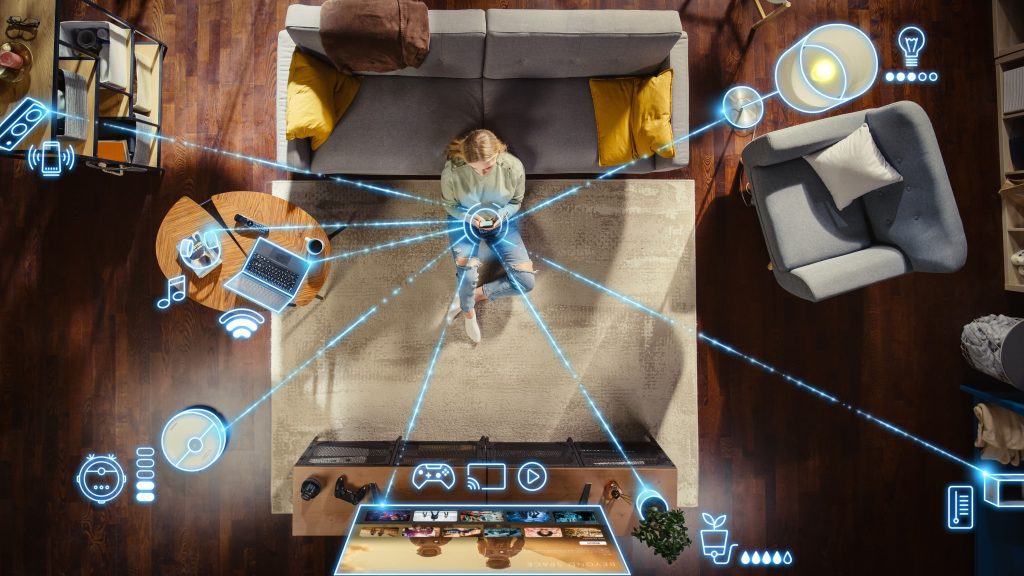
Mastering Centralized Control with Smart Home Hubs
Smart home hubs offer a major advantage by centralizing control of all your connected devices into one convenient place. Here are some of the key benefits hubs provide for simplified management:
- Unified app control – The hub comes with an app that acts as command central for your smart home ecosystem. From one app, you can adjust lights, locks, thermostats and more.
- Whole home oversight – Link devices throughout your home – lights, shades, appliances, cameras – and access them all through the hub app for comprehensive control.
- Customizable scenes – Group devices and program scenes like “Movie Night,” so multiple devices adjust with a single tap for the desired ambience.
- Live camera feeds – View real-time video from security cameras around your home directly within the hub app itself.
- Consolidated operation – No need to juggle multiple apps. The hub brings unified management for all your smart gadgets under one roof.
- Automation capabilities – Hubs allow you to set automatic triggers and actions for added convenience.
With streamlined, centralized control for your diverse connected devices, smart home hubs simplify home management. Consolidating command into a single intuitive app unclutters and optimizes your smart home experience.

Unlocking Next-Level Home Automation with Smart Hubs
Smart home hubs open up a world of possibilities when it comes to customizing and automating your connected home to run exactly how you want. With programmable rules, triggers, and schedules facilitated by the hub, you can orchestrate a dynamic smart home ecosystem that provides maximum convenience, security, and efficiency with minimal effort on your part.
Here’s how hubs can elevate automation:
- IFTTT capabilities – Create customized “If This Then That” rules to automate your home, like “If the front door motion sensor detects activity after 11 pm, then turn on the front porch and entryway lights and send a notification to my phone.”
- Sensor integrations – Connect sensors for water leaks, smoke, open doors/windows, temperature, motion, and more to trigger automatic actions when thresholds are reached, like shutting off water valves, turning on lights, or sending alerts.
- Geofencing – Leverage your phone’s location services to have your home react based on whether you are coming, going, or at home. For example, arm the security system when you leave for work and disarm it when you return.
- Schedules – Set schedules to automatically adjust lighting, thermostats, appliances, and electronics at certain times of day. Program your wake-up routine with lights brightening, the coffee maker turning on, and music playing.
- Modes – Define modes like “Home,” “Away,” and “Vacation” that, when activated, will automatically enact certain settings and actions throughout the home for convenience.
- Machine learning – Smart hubs can monitor usage patterns over time and apply machine learning to optimize and personalize automated actions. For instance, automatically preheating the home before you typically arrive back from work.
With robust automation programming facilitated by the hub, you can customize your smart home experience for maximum convenience, security, and efficiency.
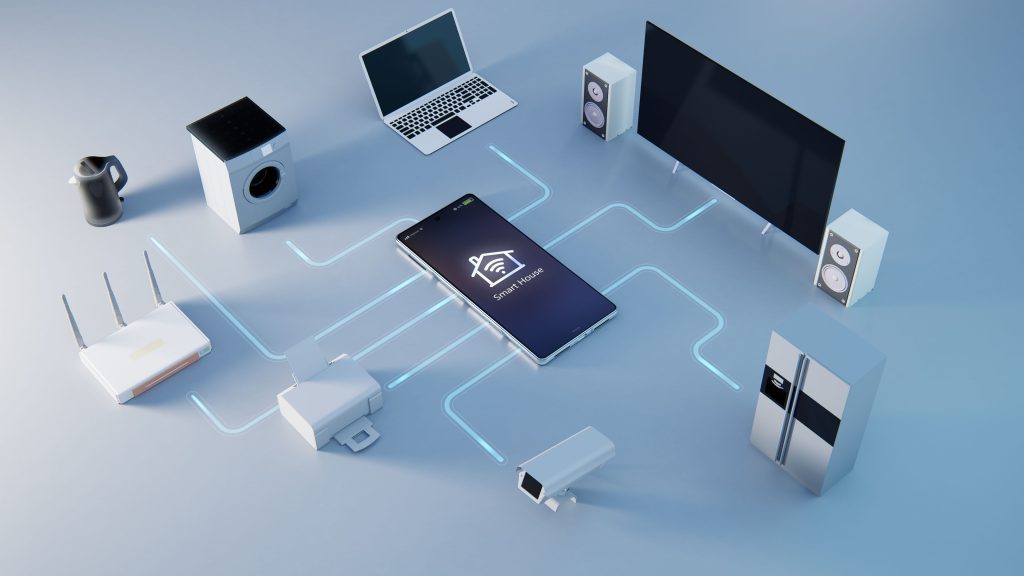
Multi-Platform and Multi-User Features of Modern Smart Hubs
Today’s smart home hubs provide flexible access across different devices, platforms, and interfaces for controlling your home on your terms. The hub’s main app is typically available on both iOS and Android, so you can manage your home from both smartphones and tablets. This gives you mobile access and control when on the go.
Many hubs also offer a web portal that lets you log in from any computer browser to check on your home when away or on vacation. You can get notifications, view camera feeds, and adjust settings from your laptop or desktop remotely. Voice control integrations with popular assistants like Amazon Alexa, Google Assistant, and Siri allow hands-free voice commands to adjust smart devices and query your home’s status. Ask your smart speaker to turn down the thermostat or lock the doors!
For in-home access, you can manage the smart ecosystem from desktops and laptops connected to the local network. Convenient for quickly checking cameras or turning off lights. In a family setting, leading hubs support creating individual user profiles with customized access privileges. Parents, kids, and guests can each have tailored control of their smart home capabilities.
With this range of access methods, you can interact with your smart home seamlessly on your terms – whether on the go via mobile, remotely through the web, hands-free with voice, or locally from in-home computers. The multi-platform flexibility brings added convenience.
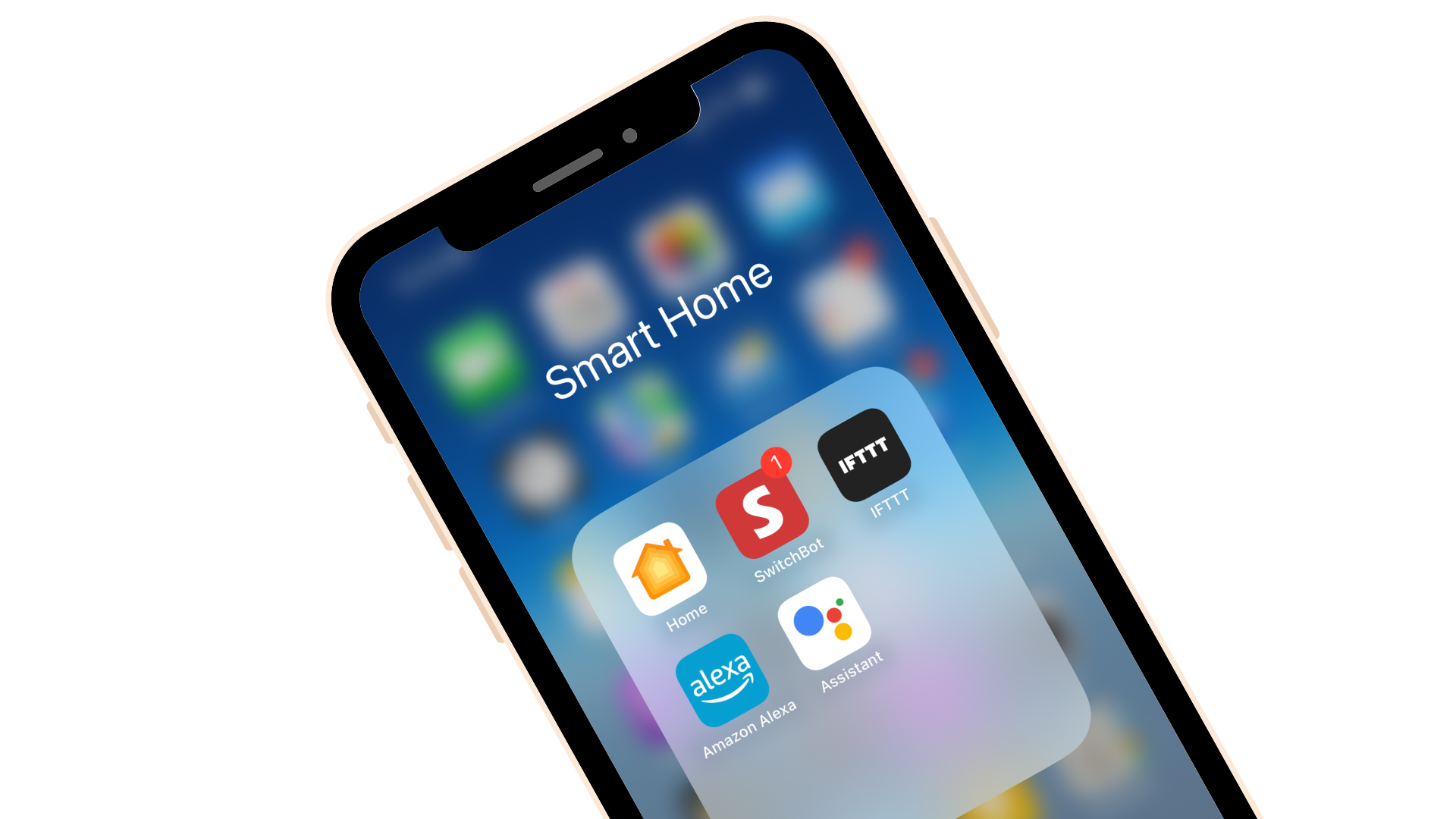
How to Expand Your Smart Home Ecosystem
A major advantage of opting for a widely adopted smart home hub is the vast ecosystem of compatible devices and integrations that become available for expanding your home automation over time. As you look to incrementally enhance your smart capabilities in the years after installing your hub, having ample options prevents vendor lock-in.
Many top smart home device makers will create products that readily interface with leading hub platforms like SmartThings, Wink, and Apple HomeKit right out of the box. So you can continuously mix and match gadgets from different brands that meet your unique needs and budget. Whether you want to add new sensors, cameras, appliances, switches, thermostats, or more, your hub will act as the central orchestrator, seamlessly connecting the expanding components into one centralized and convenient system.
This level of expandability and cross-compatibility is a major advantage of quality smart hubs. Your automation ecosystem can conveniently grow and evolve at your own pace and direction, incorporating the latest smart home innovations as they emerge. So, while the hub provides a robust foundation today, it also enables enhancing your home’s capabilities incrementally over months and years in a flexible and future-proofed manner.

Cloud-based vs. Locally-managed Hubs for Smart Homes
When integrating all your smart home devices and appliances, one of the pivotal decisions is whether to use a cloud-based hub or a locally controlled hub. As we wire more of our homes with smart technologies, understanding the pros and cons of each approach is key to building your ideal automated environment. Here is a chart comparing the features of cloud-based hubs and locally-managed hubs:
| Feature | Cloud-based Hub | Locally-managed Hub |
| Connectivity | Requires internet connection | Can work without the internet but requires an alternative setup for remote access |
| Setup | Easy initial setup via app | May require more technical setup |
| Control Location | Remote control from anywhere with the internet | Control is limited to the local network unless additional setup |
| Data Storage | Stored on cloud servers | Stored locally on the hub |
| Privacy | Cloud providers can access data | Full privacy as data stays local |
| Reliability | Dependent on internet and cloud uptime | Independent of the internet once set up |
| Latency | Higher latency due to cloud communication | Lower latency with local processing |
| Customization | Limited by cloud provider APIs | Greater customization options |
| Remote Access | Convenient remote access via the internet | Limited remote access without cloud |
| Scalability | Cloud services scale easily | Limited by local hardware constraints |
| Updates | Automatic remote updates | Require manual firmware updates |
| Backup/Recovery | Cloud handles backups | User must backup locally |
| Security | Potentially higher risks from internet exposure | Improved security within the local network |
| Cost | Ongoing subscription fees | Upfront hardware cost, no subscription |
| Innovation | Benefits from cloud-based improvements | Must upgrade hardware for new features |
Think through your must-have features, level of technical comfort, control preferences, and budget. This will steer you towards the model that aligns best. With smart homes now mainstream, both options can satisfy a wide range of residential automation aspirations if selected deliberately based on individual circumstances and values.
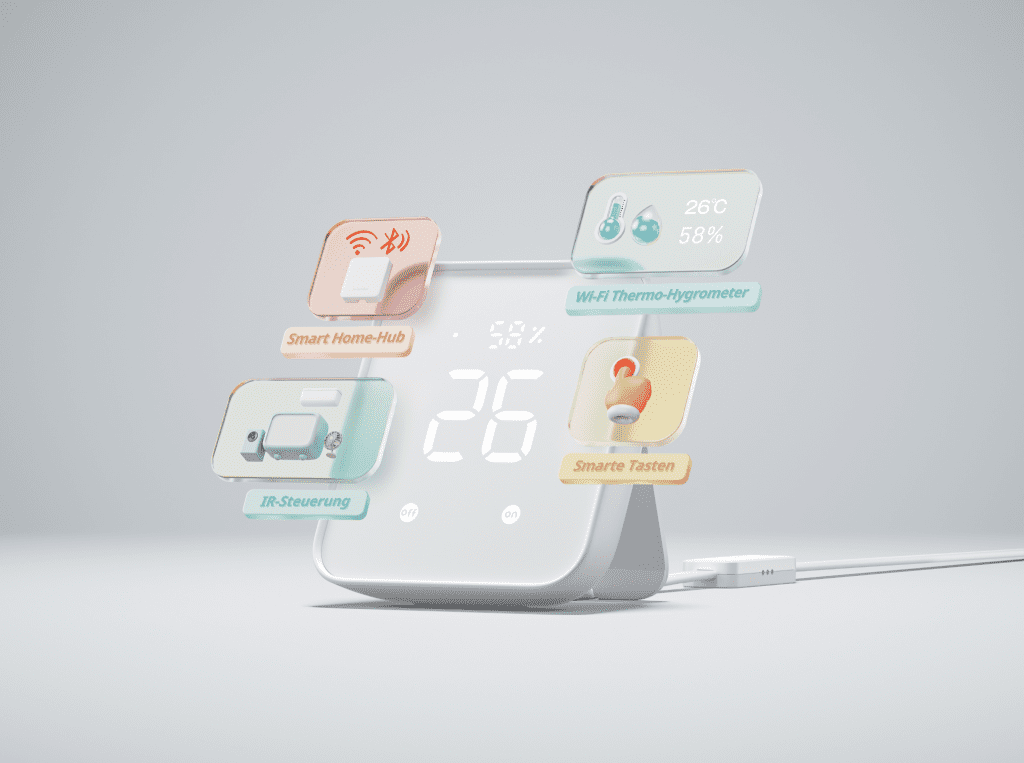
Guide to Selecting the Best Smart Home Hub
Choosing the right smart home hub is crucial to building an effective and reliable automated home ecosystem. With many options now available, take time to research and evaluate your options thoroughly. Here are some key factors to consider:
- Compatibility – Ensure the hub supports leading wireless protocols like Zigbee, Z-Wave, Wi-Fi, and Bluetooth so it can integrate your devices. Check compatibility lists to confirm it works with your existing and desired smart products.
- Integrations – Look for hubs with extensive integration support for popular third-party brands and devices. The wider the ecosystem, the more flexibility you’ll have.
- Capabilities – You need to evaluate the automation features like scheduling, modes, rules, and triggers to match your needs. Also, assess multi-user support, voice assistant integration, dashboard customization, and available modular add-ons.
- Ease of Use – The hub and accompanying app should provide an intuitive and streamlined interface for controlling your home. Complexity defeats the purpose. Opt for established players with UX design expertise.
- Security – Data privacy and device security are paramount. Select reputable brands that use encryption, offer multi-factor authentication, provide frequent updates, and meet stringent policies. Don’t compromise protection.
- Budget – Hub hardware can range from $50 for basic options to $300+ for advanced versions. You need to factor in any subscription fees for premium features. Find the optimal balance between capabilities and costs.
Choosing the ideal smart home hub starts with outlining your must-haves, from budget to features to future expandability. Compare leading contenders on the factors most important to your vision. This ensures you select the perfect platform to conduct a seamless symphony of automation and security tailored to your family’s lifestyle.
Conclusion
Bringing it all together in your smart home just got easier. As smart home hubs continue to advance, they make it simpler than ever to integrate and automate a multitude of devices and technologies throughout your living space. With the insight provided in this guide, you now have a comprehensive understanding of the capabilities, connectivity, control, and convenience smart hubs offer.
By evaluating your priorities and needs, you can zero in on the perfect hub to create your ideal automated environment. So embrace the wonder of next-level home automation. A smart hub can be the conductor, seamlessly guiding all your home’s devices and systems. With a smart hub in charge, you can create a harmony of convenience and security that perfectly matches your lifestyle.
Read More
- Best Smart Lock that Works with Alexa 2022
- Switchbot Deals | 30% off for All SwitchBot Combos
- How to Install SwitchBot Curtain Rod 2
- Can I still use a traditional key if my SwitchBot Lock runs out of battery?
- Still ignoring how harmful temperature and humidity can be to your health?
Are Electric Curtains Worth Buying? A Comprehensive Analysis
How Smart Home Devices Are Making Our Lives Easier For 2024




